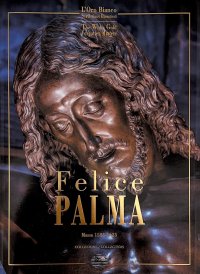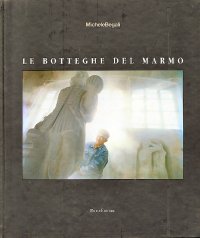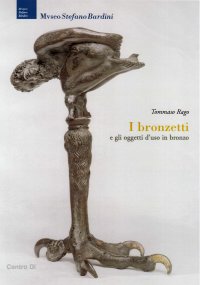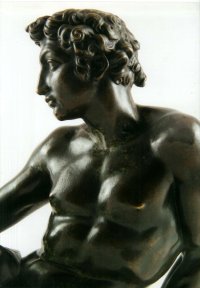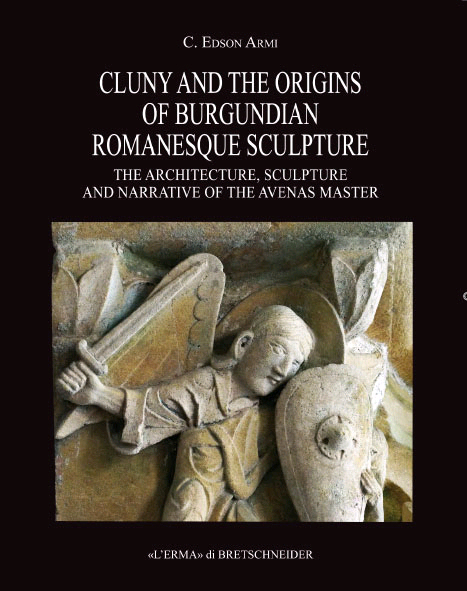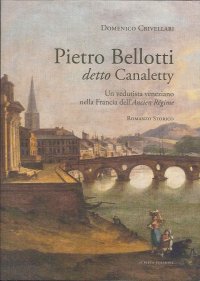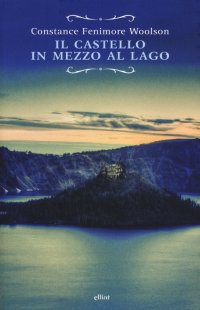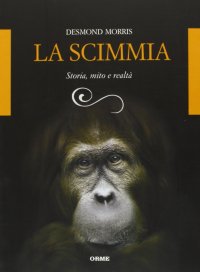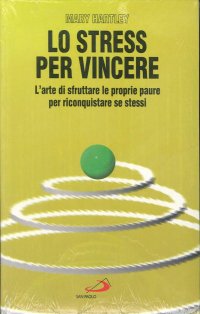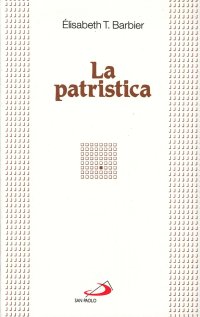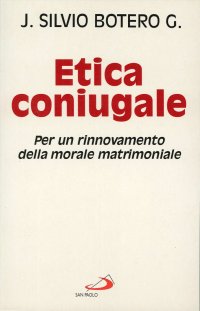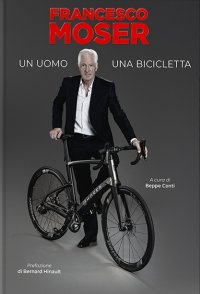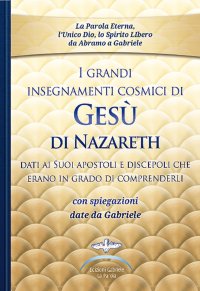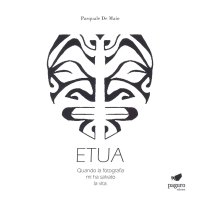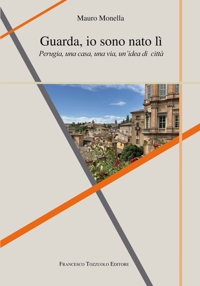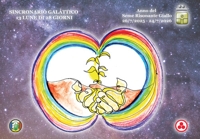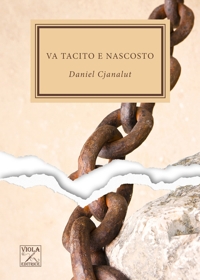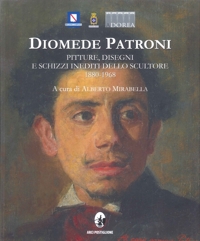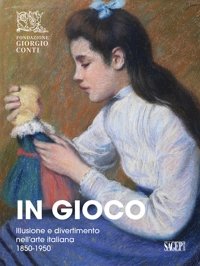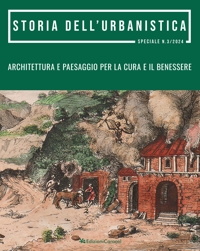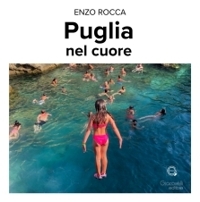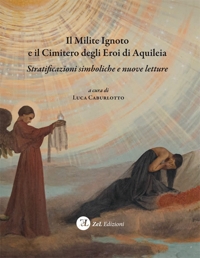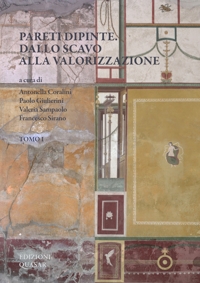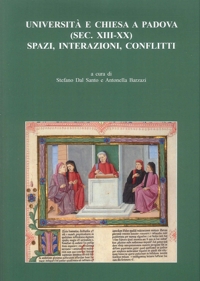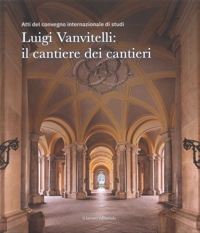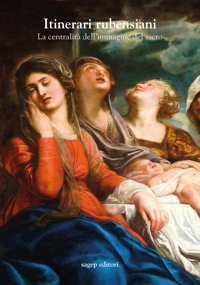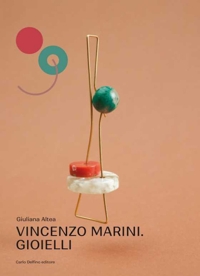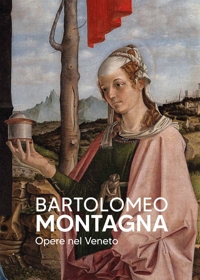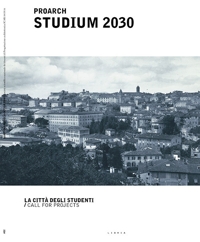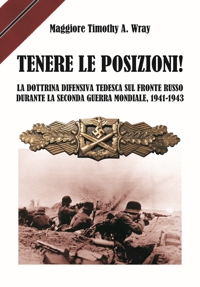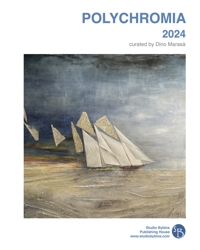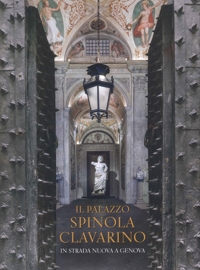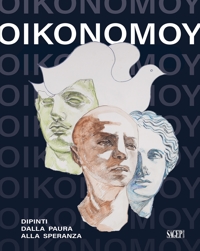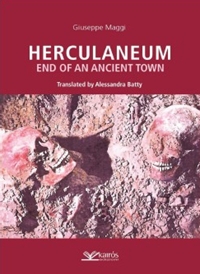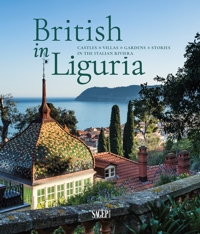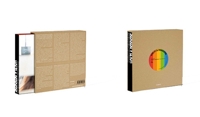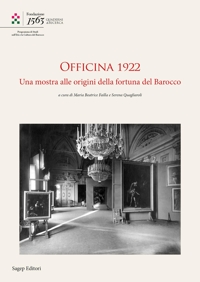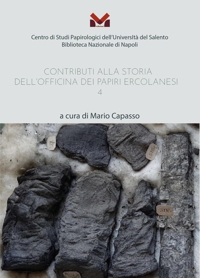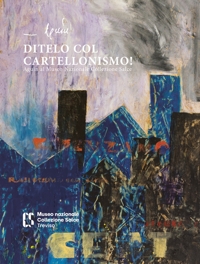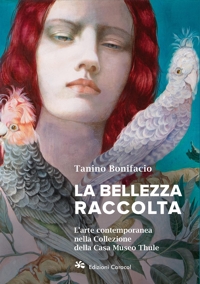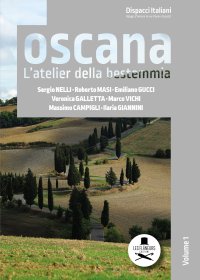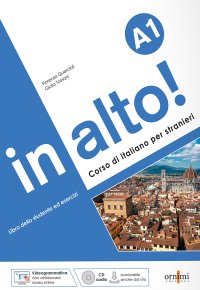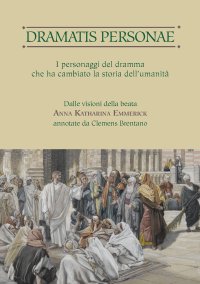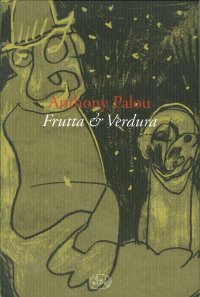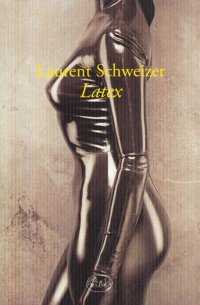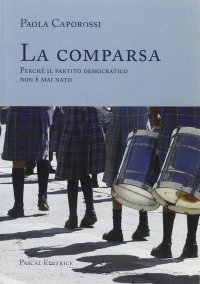Felice Palma. Massa 1583-1625. Collezione / Collection.
Texts by Andrei Cristina, Ciarlo Nicola, Federici Fabrizio, Claudio Casini and Sara Ragni.
Italian and English Text.
Pontedera, 2024; bound in a case, pp. 289, b/w and col. ill., b/w and col. plates, cm 24,5x34.
(L'Oro Bianco. Straordinari Dimenticati. The White Gold Forgotten Masters).
cover price: € 160.00
|
Books included in the offer:
Felice Palma. Massa 1583-1625. Collezione / Collection.
Texts by Andrei Cristina, Ciarlo Nicola, Federici Fabrizio, Claudio Casini and Sara Ragni.
Italian and English Text.
Pontedera, 2024; bound in a case, pp. 289, b/w and col. ill., b/w and col. plates, cm 24,5x34.
(L'Oro Bianco. Straordinari Dimenticati. The White Gold Forgotten Masters).
FREE (cover price: € 160.00)
Le botteghe del marmo
Italian and English Text.
Ospedaletto, 1992; bound, pp. 153, 10 b/w ill., 60 col. ill., cm 24x29.
(Immagine).
FREE (cover price: € 34.49)
Museo Stefano Bardini. I Bronzetti e gli Oggetti d'Uso in Bronzo
Edited by Nesi A.
Firenze, 2009; paperback, pp. 191, 102 b/w ill., 7 col. ill., cm 17x24,5.
(Museo Stefano Bardini).
FREE (cover price: € 30.00)
Bronzetti e Rilievi dal XV al XVIII Secolo
Bologna, 2015; 2 vols., bound in a case, pp. 729, ill., col. plates, cm 21,5x30,5.
FREE (cover price: € 90.00)
Cluny and the Origins of Burgundian Romanesque Sculpture.The Architecture, Sculpture and Narrative of the Avenas Master.
Armi C. Edson
Libreria Editrice L'Erma di Bretschneider
English Text.
Roma, 2019; hardback, pp. 124, 6 b/w ill., 126 col. ill., cm 21,5x28.
(Bibliotheca Archaeologica. 58).
series: Bibliotheca Archaeologica
ISBN: 88-913-1745-4 - EAN13: 9788891317452
Languages: 
Weight: 0.77 kg
This version of the creative process at the mother church, in which the Cluniac brothers picked a local talent to carry out one of the most important sculptural commissions in Europe, differs markedly from the standard one based largely on presumed but undocumented artistic priorities of the monks. Prevailing theory assumes the monks had an international perspective when it came to art as they tried to establish at Cluny a "new Rome" as the centerpiece of their monastic empire. Rather than tap an experienced sculptor who worked in the indigenous masonry tradition, they would have looked toward foreign lands to find suitable artists who based their designs on "high" forms of art such as ivory, painting, and metalwork.







